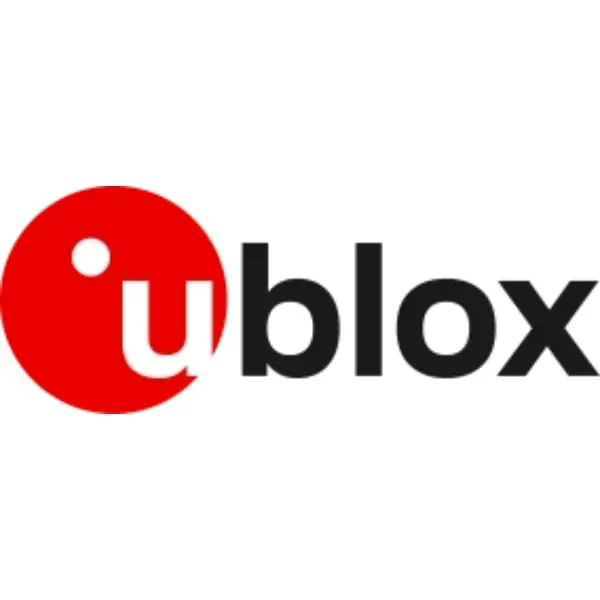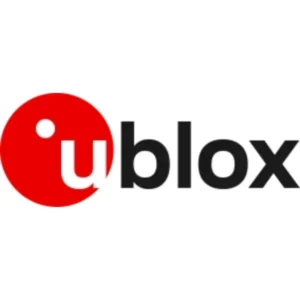Description
The MAX-8 series of standard precision GNSS modules features the reliable performance of the u-blox8 positioning engine, which receives GPS, GLONASS, QZSS and SBAS signals. The MAX-8 seriesdelivers high sensitivity and minimal acquisition times in the ultra-compact MAX form factor.The economical MAX-8 series provides high sensitivity while featuring low power consumption andsupporting advanced Power Save Modes. It also provides message integrity protection, geofencing,spoofing detection, and odometer functionalities.The MAX-8C is optimized for cost sensitive applications with lowest power, while the MAX-8Qprovides best performance. The industry proven MAX form factor allows easy migration from MAX-7and MAX-6 modules by offering backward compatibility. Sophisticated RF-architecture andinterference suppression ensure maximum performance even in GNSS-hostile environments.The MAX-8 series combines a high level of integration capability with flexible connectivity options ina miniature package. This makes it perfectly suited for industrial and mass-market end products withstrict size and cost requirements. The DDC (I2C compliant) interface provides connectivity andenables synergies with most u-blox cellular modules.The u-blox 8 modules use GNSS chips qualified according to AEC-Q100 and are manufactured inISO/TS 16949 certified sites. Qualification tests are performed as stipulated in the ISO16750standard: “Road vehicles – Environmental conditions and testing for electrical and electronicequipment”. MAX-8Q complies with green/halogen free standards.The u-blox MAX-8 modules can also benefit from the u-blox AssistNow assistance service. The Onlineservice provides GNSS broadcast parameters, such as ephemeris, almanac data, and time, to reducethe receiver’s time to first fix significantly and improve acquisition sensitivity. The extended validityof AssistNow Offline data (up to 35 days) and AssistNow Autonomous data (up to 3 days) providefaster acquisition after a long off time.



